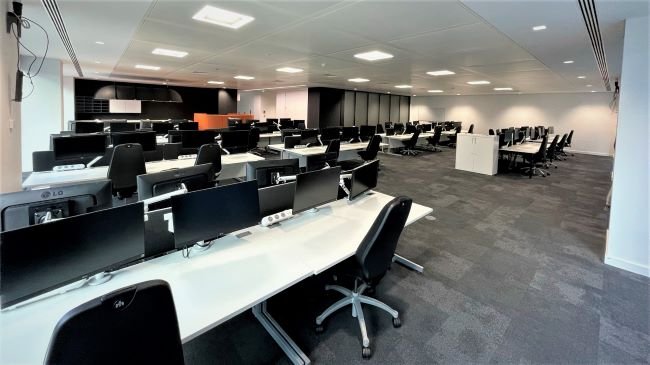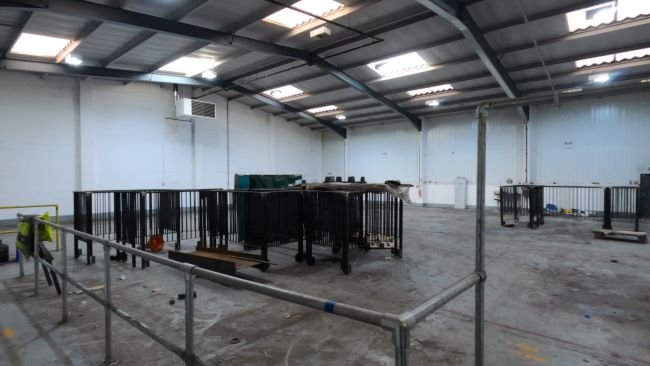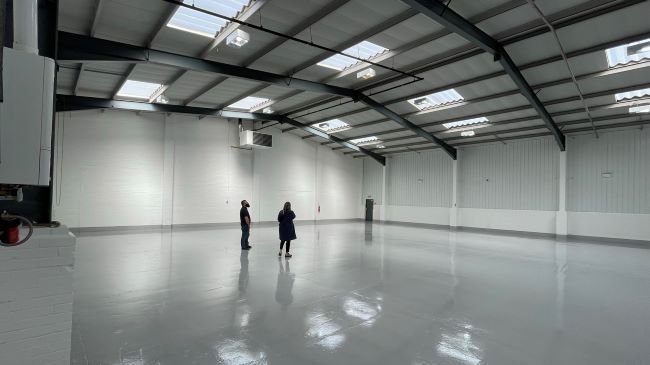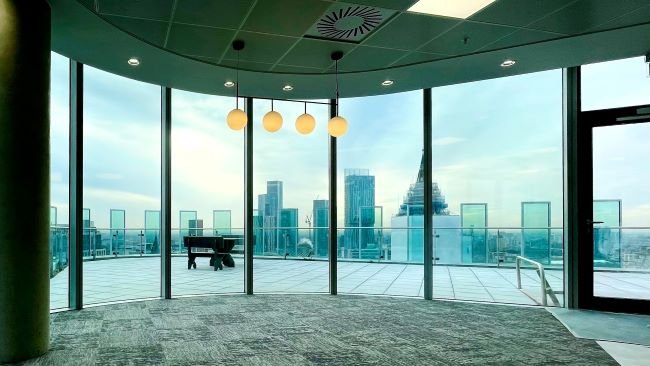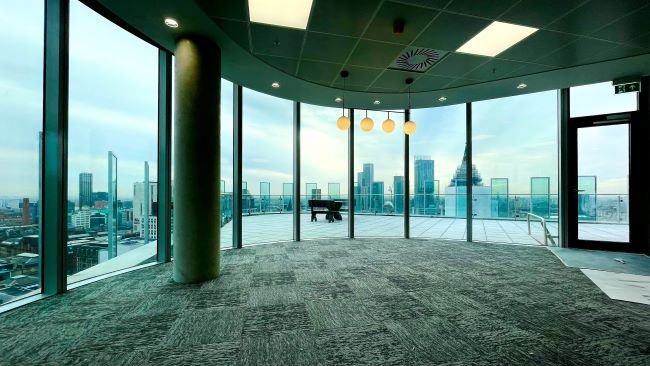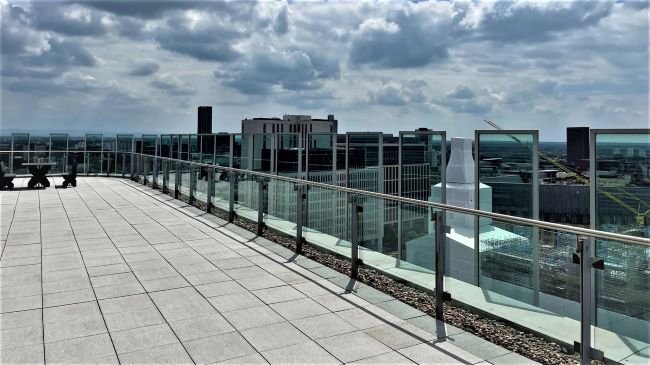A normal ‘Post-Covid’ workday in many offices, but for how much longer?
If the news about vacancy risk doubling wasn't bad enough for landlords, the office occupancy figures for the UK are equally troubling as they are still failing to get above an average of 30% compared to a pre-pandemic figure of 80%, according to the latest data from Remit Consulting (see above).
Hopefully things will improve after the summer but with COVID cases edging up, industrial action still threatening to disrupt major infrastructure, who knows.
I wonder where Rishi and Liz stand on the return to the office? In my view, the UK’s next Prime Minister would do well to encourage the civil service and big corporates to get staff back into the office otherwise the economy could suffer an even longer and deeper recession as productivity declines and our youngest and brightest talent miss out on vital interactions that only the office can provide.
If you would like advice on your office lease and what your options might be in terms of disposal and/or relocation, please call Martyn Markland on 0161 457 1422 or email him at mm@tenantag.co.uk


